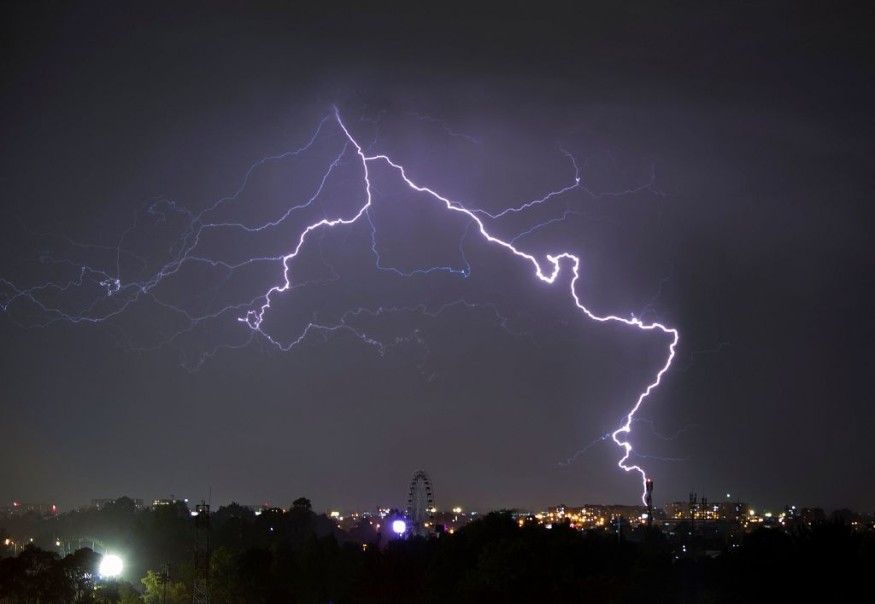Severe weather systems are set to cause widespread hazardous travel from the West Coast to the East Coast, particularly from the West to the Great Lakes region, according to the National Weather Service (NWS).
Multiple systems will stretch across the country, bringing weather hazards like heavy snow, strong winds and thunderstorms, as well as heavy rain in the island state of Hawaii.
US weather forecasts earlier this week hinted of a massive, cross-country winter storm that will stretch from the West Coast all the way to the state of Maine.
The storm is projected by meteorologists to affect millions of Americans nationwide and disrupt travel due to snow and freezing rain.
Forecasters warned that the winter season is not yet over, resulting in similar weather conditions in the coming days.
NWS Weather Forecast

A major winter storm is expected to bring a large band of heavy snow from the West Coast to the Northeast until Thursday, February 23; wherein freezing rain is likely from the upper Midwest to the lower Great Lakes into New England, according to the NWS weather forecast, through its Weather Prediction Center (WPC).
Furthermore, the WPC say powerful, gusty winds are expected across the West and its adjacent High Plains region.
Meanwhile, flooding due to heavy rain and severe weather is set to impact the Midwest and Plains on Wednesday, February 22.
Hazardous Travel Conditions
The NWS warns and reiterated that the storm will be "extremely disruptive to travel" due to blizzard conditions expected in some areas of the West and Midwest regions, as cited by TIME magazine.
With this winter weather alerts have been issued by the weather service across 22 states on Tuesday, February 21, where snowfall accumulations have been reported in areas including the Dakotas, Montana, Wyoming, and northern Rockies.
The WPC previously stated the storm's total snowfall will likely be measured in feet due to potential thick snow accumulation for many of the mountain ranges across the American West, as cited by CNN.
US Winter Season (2022-2023)
The country saw a number of significant winter storm events during the start of the season in December.
However, one event in particular draw the attention of many when a historic bomb cyclone or winter hurricane struck the Northeast and its surrounding regions in late December, causing multiple deaths.
Prior to the US winter season (2022-2023), most meteorologists from various organizations, including the National Oceanic and Atmospheric Administration (NOAA), AccuWeather, and Weather.com, agreed that the South US will be drier and warmer than normal compared to the northern tier which will experience colder and stormier conditions, as cited by The Washington Post.
Over the past several weeks, the winter weather forecast for the current season is accurate since the polar vortex has brought cold Arctic air into North America, which as affected Canada and the northern tier of the US.
These weather and climatic conditions have fueled previous winter storms across the country.
© 2026 NatureWorldNews.com All rights reserved. Do not reproduce without permission.





